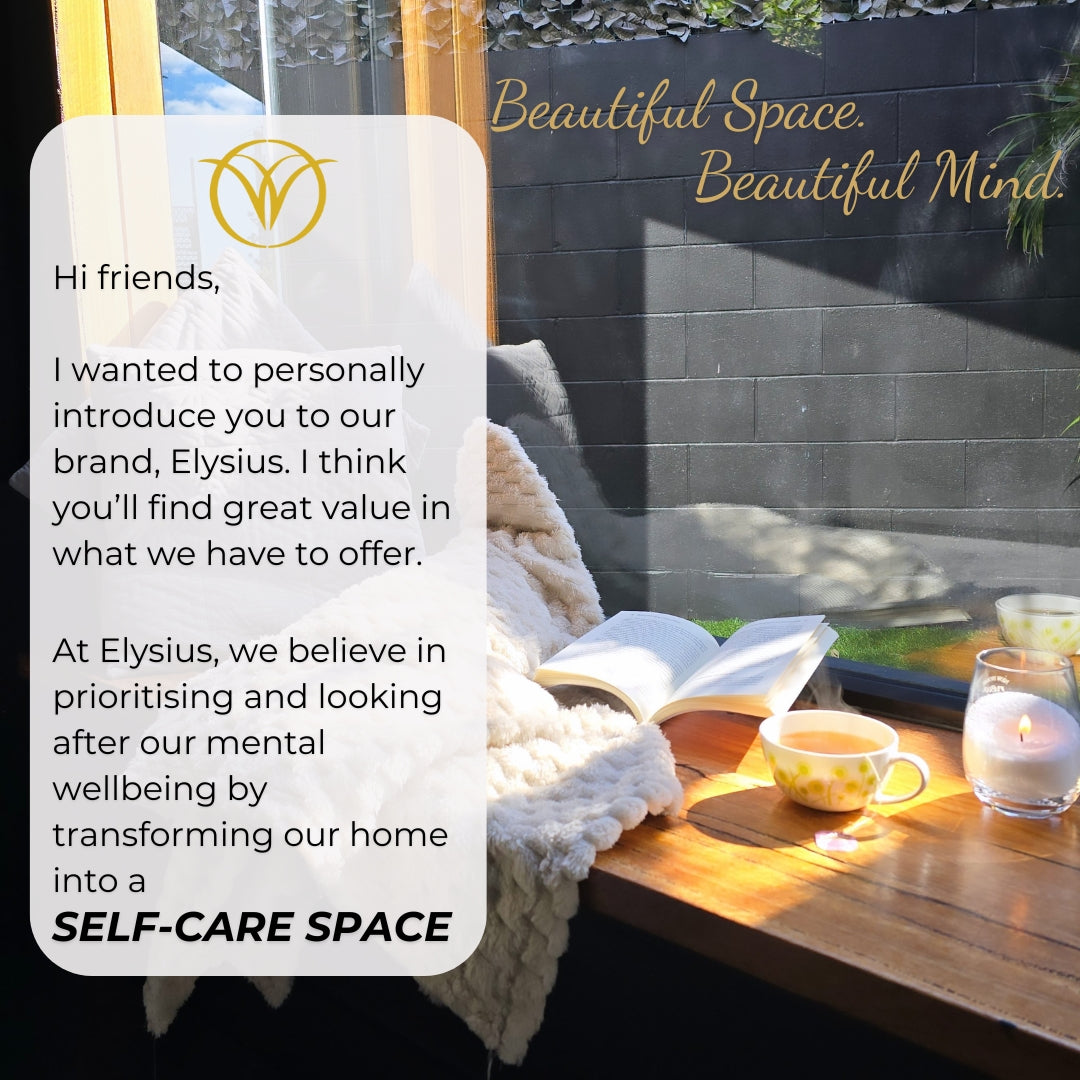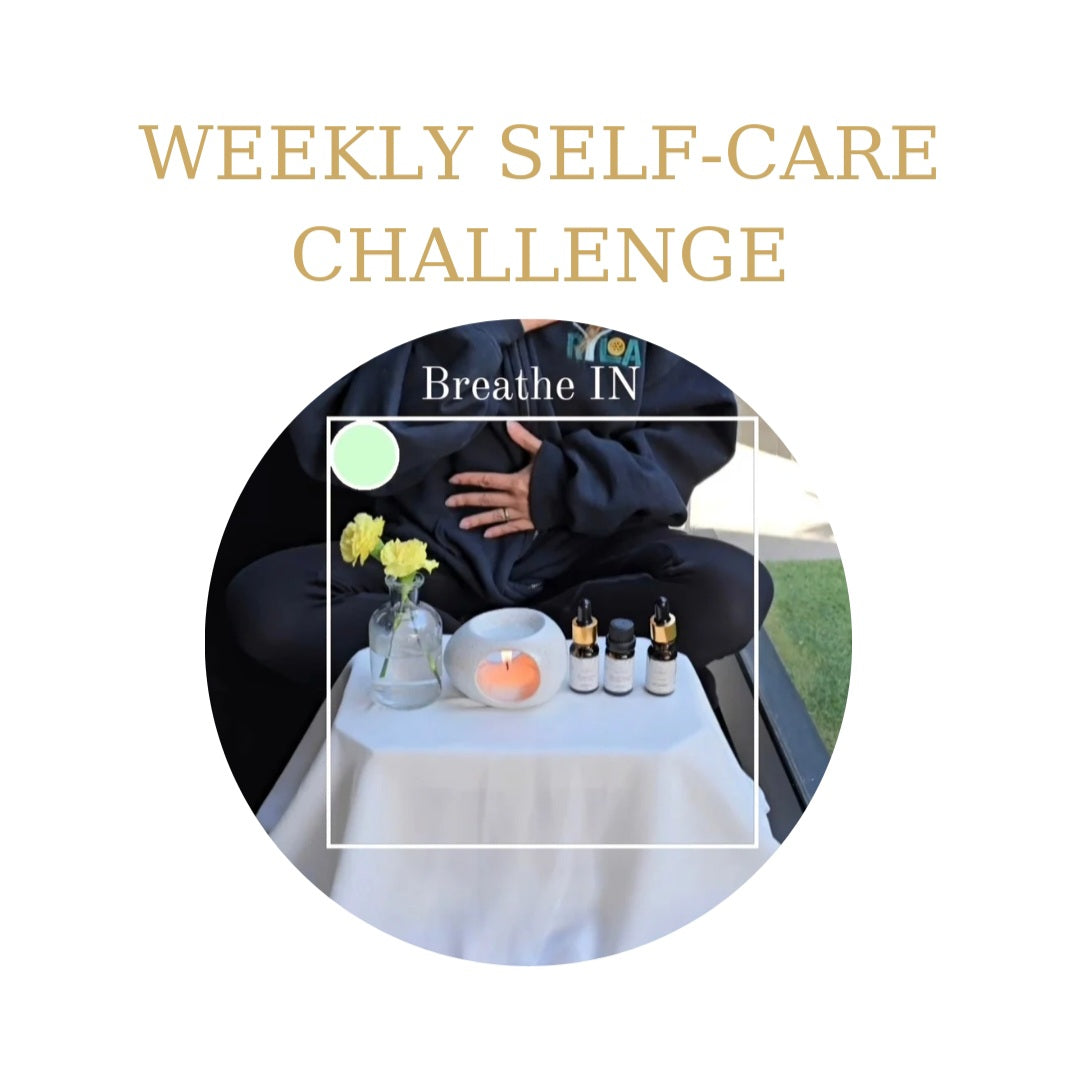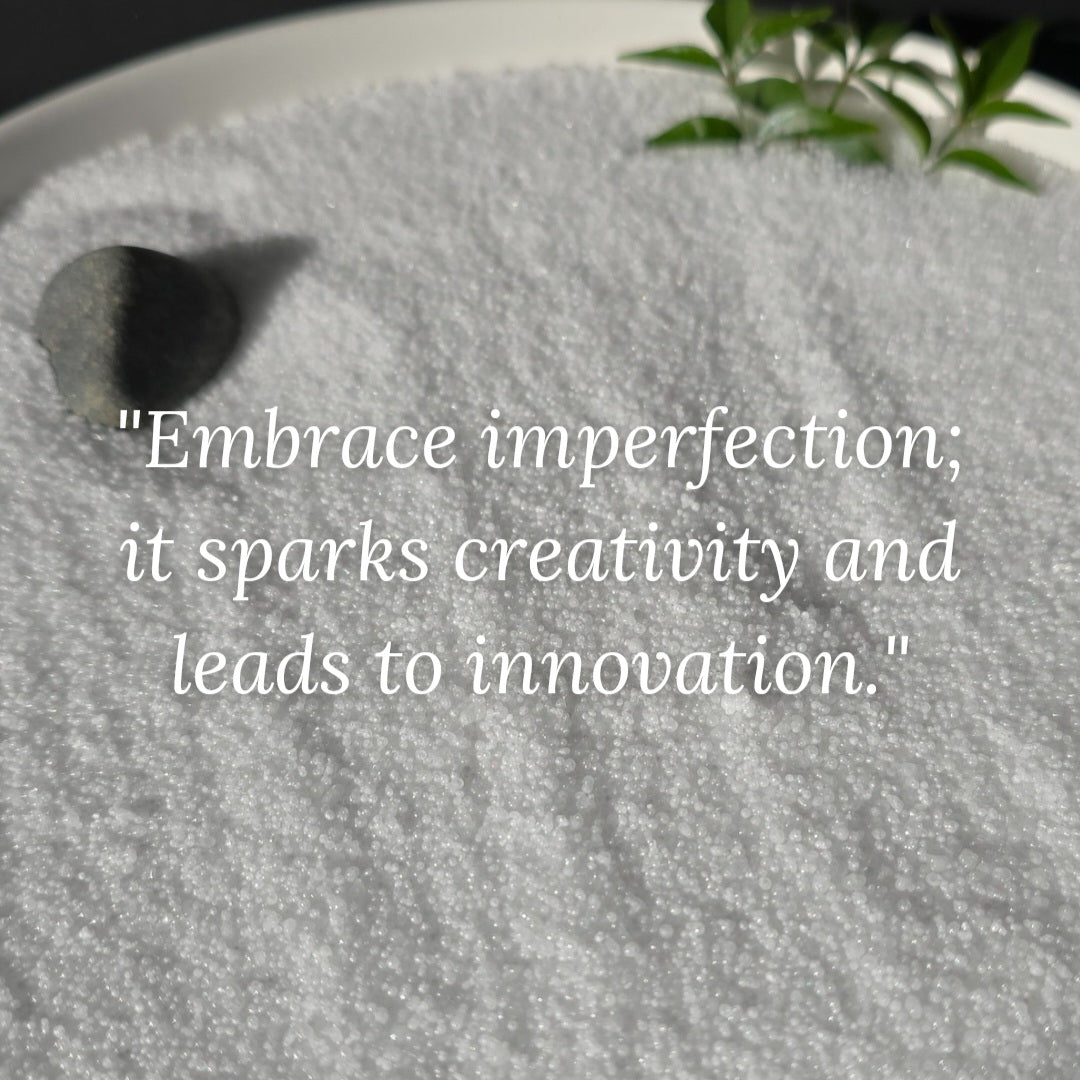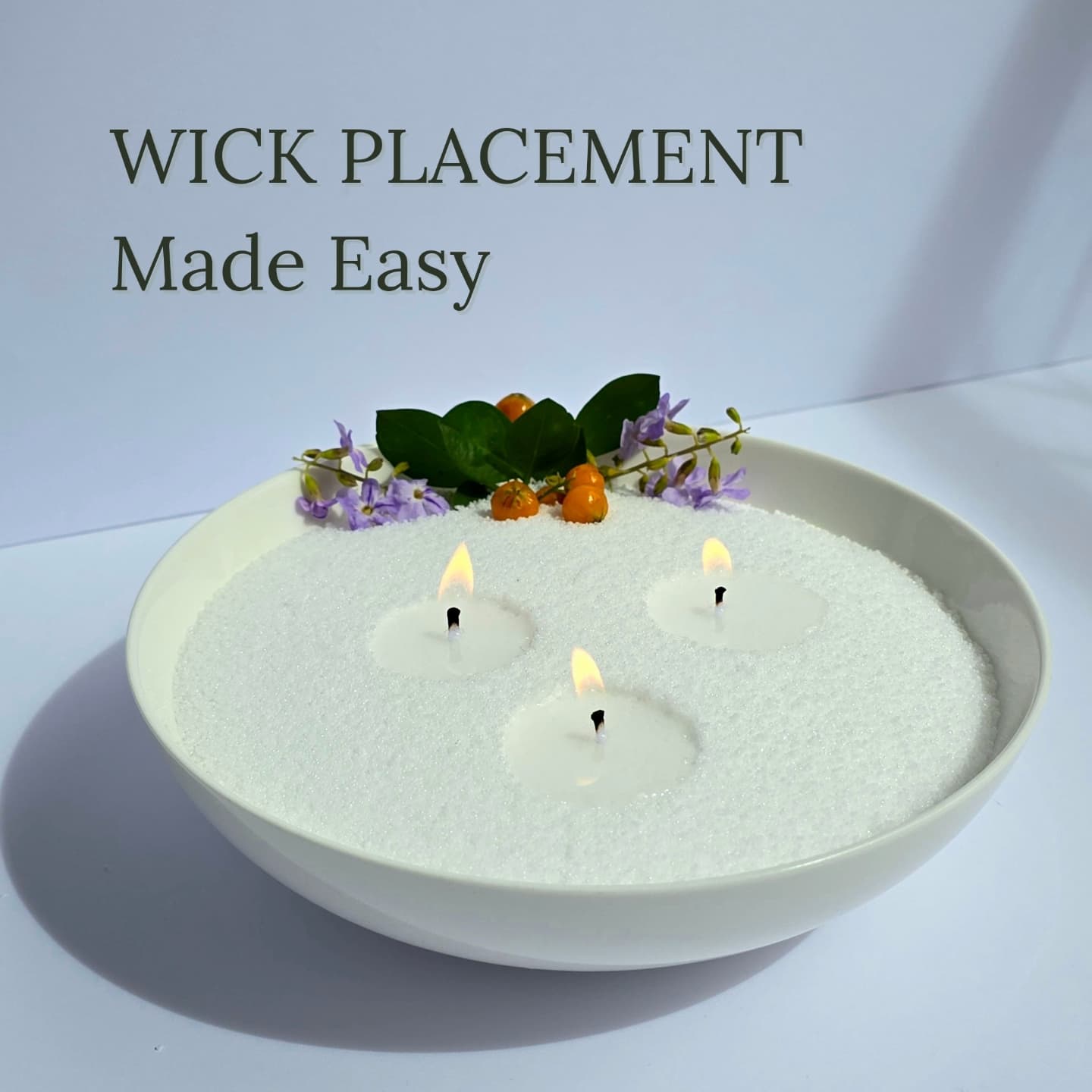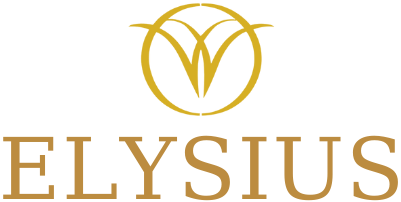Meditation Simplified: The Guide To Inner Peace
What is meditation?
Put simply, meditation is a mental practice that trains your focus, attention and awareness.
The practice dates back millennia spanning both the eastern and western civilizations and adopted by nearly every major religion as a tool to cultivate one’s spiritual connection and presence.
Today it is arguably the most practice mental activities, to manage stress, improve focus and clarity.
Why practice meditation?
Meditation brings with it a multitude of physical and mental benefits of meditation.
Mental benefits include reduced stress, improved memory, reduce depression and anxiety, increase creativity.
Physical benefits include reduced blood pressure, manage chronic pain and improve sleep.
Strong literature evidence and biochemical studies have shown meditation alters the levels of a large profile of neurochemicals and hormones in our body to achieve the benefits outlined above. These include:
- Serotonin: a mood modulator. Meditation increases serotonin which leads to increases happiness and motivation.
- DHEA: a longevity molecule. Meditation increases DHEA which help slow the process of aging and aging related issues.
- Melatonin – sleep molecule. Meditation significantly increases melatonin levels to improve sleep, strength immune system
- Cortisol/epinephrine – stress hormones. Meditation reduces cortisol and epinephrine level, thereby lessen the state of stress and “fight, fright and flight” response of the body.
- Dopamine – the reward hormone. Meditation increased dopamine levels to improve memory, attention, problem solving capabilities.
Positron emission tomography imaging used to assess brain metabolic activity showed increased activity of the prefrontal cortex (region of brain associated with executive function such as decision making and problem solving) in meditators compared to non-meditators.
How to meditate?

Typically depicted as an individual sitting cross-legged, eyes closed, thumb and index finger pinched in a zen-like state, meditative practice have adapted and evolved over the years to include many different forms and methodology.
The principle however remains the same. At its core, meditation is a practice of FOCUS. Over a session of meditation, you hold your attention and focus to one thing. All other thoughts that may come and intrude your mind, i.e. when your mind “wanders”, are simply recognized, externalized and let go.
For example, as you meditate, you may start thinking about all the stressful tasks you have to do the next day. Simply go “yup indeed, seems like a bother but it is not for me right now”. Objectify and release the thought go and steer your mind back to the focus.
Beginner should start with a short session for example 10 minutes, and slowly increase the length of the session as you become more experienced. Establish a daily routine. Meditation often best practice at the beginning of the day before work, or at night just before bed.
Always make sure you are in a comfortable and relaxed position. Use cushions, pillows, soft clothing, blanket to promote comfort.
Which meditation method is best for me?
This question is almost synonymous with “where should I eat?”. The answer is whichever best suit your circumstance and personality. Meditation carries with it amazing versatility and customizability. Do you have a quiet space? Can you sit for long period of time? Do you prefer to be guided? Do you prefer activity over passivity?
Here’s a series of recommendation. Pick the one that suits you.
Object meditation

- Focus on an object in front of you.
- This can be a candle, flower, or sound of a chime. In particular, meditation with candle is an established art called “Trakata”. Candles are an amazing instrument of meditation with its small calming profile, ability to establish serene atmosphere and allow ease of focus in a darkened room. If you are interested to explore candle meditation, click here.
- Who is it for: those who enjoy a visual focus to aid concentration.
Transcendental meditation

- Focus on a word or phrase.
- Involves often finding a teacher who bestow you with a mantra to repeat. It is believed that the mantra is only effective if taught and use in a particularly that carries personal meaning and significance to you. The mantras can be chosen as sounds to avoid distraction which can be “om”, “om ah hum”, “om tare tuttare”. It can also be mantras that carry meaning such as “I am strong”.
- Who is it for: those who do not to expend mental energy for active visualization and want to instill a particular thought.
Mindfulness meditation

- Focus on the presence
- Involves becoming acutely aware of everything in the presence, from your breathing to your bodily sensation to the environment.
- Who is it for: anyone seeking to remain present and particularly develop skills of self-awareness.
Guided meditation:

- Instructions are given by a narrator (could be phone app) or teacher guiding the practitioner through a series of meditation sequences.
- Involves formulating mental images of peaceful scenes, focusing on body sensation or focusing on thoughts of gratitude.
- Who is it for: anyone who enjoys structure and guidance.
Yoga/activity meditation:

- Combination of both yoga and meditation
- Involves working through a series of Yoga poses while focusing on breathing, body alignment and balance. In the same vein, other activity such as walking/running on treadmill can also bring about meditative states.
- Who is it for: anyone who enjoys physical activity and not sitting or remaining still for long periods of time.




